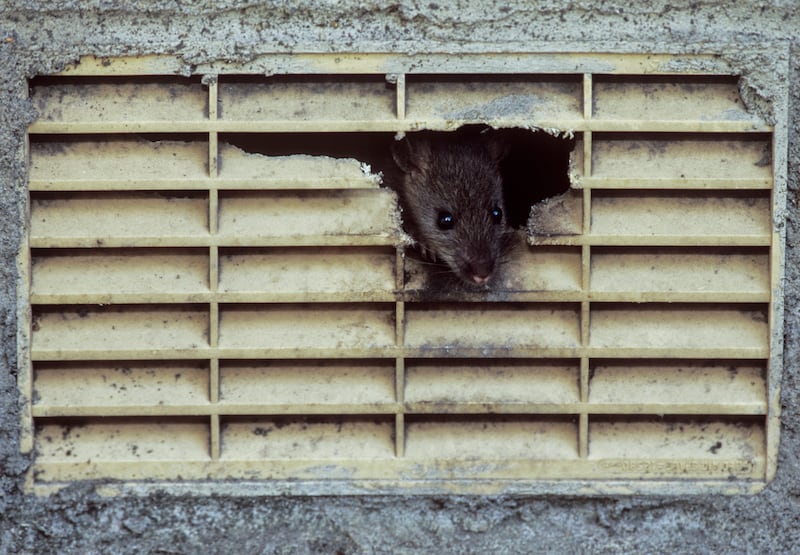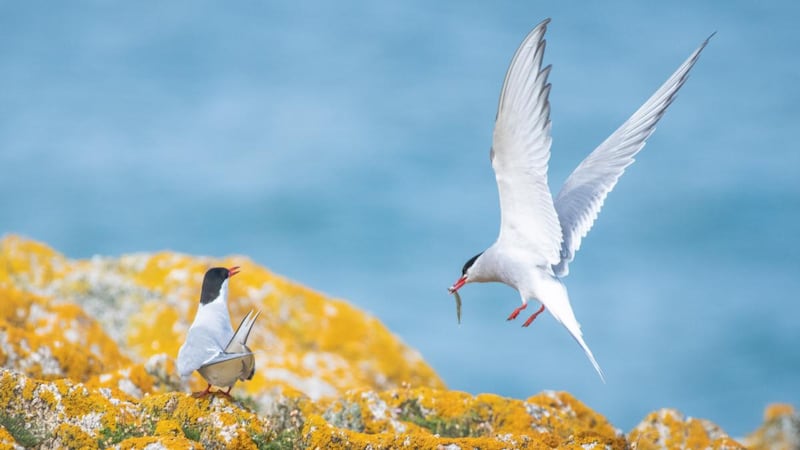In an age of extinction it can be forgotten that the rise of humanity has led to phenomenal success for some species. One of these is the brown rat, originally from the plains of northern China and Mongolia, but which has colonised virtually everywhere due to the spread of trade networks. This includes offshore islands, where rats (along with other non-native mammal predators such as mice and ferrets) have caused havoc.
Rats are a particular problem on offshore islands as these are frequently places that have been devoid of mammalian predators, something that has allowed unique populations of birds, reptiles and other animals to evolve without fear of being eaten by ground-dwelling predators. When rats arrived on these islands, they found a host of ground-nesting birds that had lost the ability to fly, or species that simply didn’t recognise them and so had developed no fear or defensive response to them. It was an all-you-can-eat buffet for the rats.
By some estimates, rats are believed to have reached 90 per cent of the world’s islands, while one scientific paper described them, along with other mammalian invaders, as “the greatest threat to island biodiversity”, with rodents in particular “likely responsible for the greatest number of extinctions and ecosystem changes”. Rats and mice will eat birds’ eggs, young chicks and, rather gruesomely, live adult birds as big as the albatross, the biggest of all seabirds.

There is not only a direct effect on the birds themselves, but evidence from the tropics has shown that impacts can cascade through the ecosystem. Few birds meant less dung, which meant fewer nutrients leaching into marine waters, meaning fewer, skinnier fish resulting in less healthy coral reefs off the Chagos Islands in the Indian Ocean.
RM Block
Another study from the remote island of Hawadax in the North Pacific found that rats had radically changed the shoreline ecosystem by removing birds, such as gulls and oystercatchers, as the apex predators, in turn allowing an abundance of small grazing animals, such as snails and limpets, which went on to significantly reduce seaweed cover.
However, there is some good news. On Hawadax the rats were eradicated in 2008, and within five years the native birds were on the rebound. After 11 years, many of the signs of wider ecosystem recovery were also positive. And success at Hawadax is not isolated. According to the Nature Conservancy, a US nonprofit environmental organisation, since 1950 there have been 900 successful animal eradications on nearly 800 islands. In a huge conservation victory, the biggest rodent eradication project ever attempted, on South Georgia in the Atlantic Ocean, was achieved in 2018. These are critically important wins in the fight to reverse biodiversity loss.
[ New €5.3m plan aims to eradicate rats and ferrets from Rathlin IslandOpens in new window ]
It’s not only faraway islands that are being released from invasive species. David Tierney, an ornithologist working in the scientific advice and research directorate of the National Parks & Wildlife Service, recently co-authored a milestone publication, Seabirds Count: A Census of Breeding Seabirds in Britain and Ireland (2015-2021). Between the two countries there are more than 4,000 smaller islands that are home to internationally important colonies of sea birds. Rats and other non-native mammals are an issue, though Tierney says “in absolute terms we don’t know the scale of the problem”.
“There’s a reason why a lot of our seabirds select offshore islands, and that’s to be away from the predatory mammals of the mainland,” he says. Some species are particularly vulnerable, as they nest on relatively gently sloping ground, for example Manx shearwaters, puffins and storm petrels. Others, such as gannets, are less vulnerable as they nest on steeper cliff faces that are less accessible, even to small rodents.
Invasive mink, as well as rats, are an issue on Irish islands, says Tierney. Ireland has 72 Special Protection Areas, which are legally designated for at least one seabird species. However, we do not have an inventory of which islands are particularly affected by invasive species. This is harder than it seems. “It’s easy when you find an island with mink or rats on it to say, ‘We have a problem’, but proving a negative – that you don’t have them – is very difficult.”
He notes that mink were discovered on the Blasket Islands and nearby Puffin Island and were successfully removed, but this is no guarantee they won’t be back. “It’s a rolling programme,” says Tierney. There are house mice on Skellig Micheal, which have been a problem elsewhere, and efforts are being made to ascertain if they are impacting the nocturnal, burrow-nesting storm petrels, a small bird that travels immense distances at sea but is near defenceless on land. Thankfully, “there are no red flags just yet”, he says.
In 2018, the NPWS began a project to eradicate rats from the Saltee Islands off Co Wexford. These are incredibly important islands for a range of breeding seabirds but are perhaps most famous for their puffins. “Back in 2017 we went to Great Saltee to check on the puffins. In every single burrow we checked, there were no puffins in them,” says Tierney.
This is potentially catastrophic. In 2000 it was estimated that 1,522 puffins were on Great Saltee, but by 2017 this had collapsed to only 120. Eradication of the rats consisted of baiting traps across the island with an approved rodenticide. Since then, extensive surveys, including DNA testing of some suspect droppings, have shown no evidence of rats. It is too early to say what effect this will have on the puffins and other birds as they are relatively long-lived, but there is reason to be optimistic. It is hoped now that other islands around our coast can receive similar treatment.

Separately, BirdWatch Ireland has been engaged with a project on the Dalkey Islands, just 300m off the coast of Dublin. These islands not only have rats but feral goats and rabbits. Tara Adcock is their urban birds officer. “We’ve seen on Dalkey Islands first-hand how when rats arrive, they just decimate the entire population of seabirds. During the last breeding season in 2023 we had 45 breed pairs of Arctic terns, but no chicks. The reason for that is that rats had made it back on to the island”.
BirdWatch Ireland had been involved in an EU-funded project to eradicate rats from the islands, in the hope that they would provide a refuge for the endangered roseate tern, which breeds in numbers off Rockabill, an island to the north of the county that is the most important breeding colony for that bird in northwest Europe. Having an extra breeding colony would provide some insurance, should anything happen at Rockabill, such as an outbreak of avian flu. In the end, when the rats were dealt with on Dalkey Islands, it was their close relative, the Artic tern, that showed up. However, the islands are within swimming distance for a rat, while the arrival of people and boats can inadvertently bring the rodents ashore. All it takes is one pregnant female to wipe out a colony.
It shows the challenges for keeping these islands rat-free. More recently, Dún Laoghaire Rathdown County Council, which is the landowner, has taken over the project. Rodenticide treatment over the winter of 2023-2024 is hoped to have once again dealt with the issue. But it will be an ongoing undertaking.
“We have to fund eradication projects and have enough funding over the long term to monitor and respond to issues as they arise,” says Adcock. “We did see at Dalkey Island how these interventions can make a massive difference. When I came on to the island in 2018 there were 30 odd pairs of terns, but no chicks. It was unbelievably depressing. That winter we did all the rat eradication work and suddenly we had all these chicks, and actually surviving to fly off the island. It did show just how these measures can have really quick results.”
- Sign up for push alerts and have the best news, analysis and comment delivered directly to your phone
- Find The Irish Times on WhatsApp and stay up to date
- Listen to our Inside Politics podcast for the best political chat and analysis



















